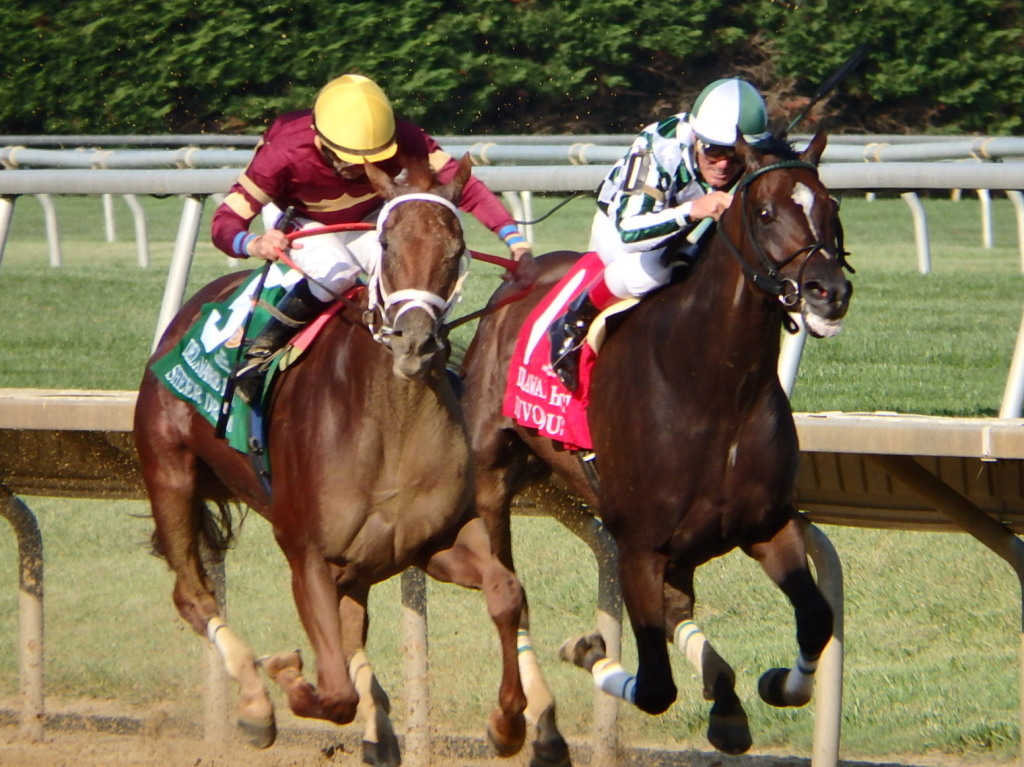
by Doug McCoy
The idea of two states formally agreeing to a year-round racing schedule isn’t a new one. There have been a number of informal understandings between different states over the years, but if the powers that be in Delaware and Maryland can complete an agreement in the coming months, those two states could be the first pair in Thoroughbred racing to have an official agreement governing a racing schedule.
It’s an ambitious undertaking and one that has no shortage of pitfalls. Sal Sinatra, vice-president and general manager of the Maryland Jockey Club, which operates Maryland’s two “mile tracks,” is well aware it will be no easy task for those involved to come to terms on what would be an historic pact. But the racing exec, who assumed his present post late in 2014 after 16 years as the head of racing operations at Parx Racing and its predecessor Philadelphia Park, says in the long run it’s something that will benefit racing in both states.
“We feel like the idea of states working together and cooperating on dates is long overdue,” said Sinatra. “In the Mid-Atlantic area, we feel if we can work with the parties from Maryland, Delaware and Virginia and come up with a viable racing calendar, it will help all involved.”
Sinatra said representatives from Maryland and Delaware Park met earlier to discuss a number of issues, including a proposal for Maryland to, in essence, lease and operate racing at Delaware Park.
“We had floated the idea where Delaware Park would keep all of its casino and simulcast operations, and we would run the racing side. That way we would bring in the racing department personnel from Maryland, which would give horsemen the same racing program to operate under year round,” Sinatra explained. “However Mr. Rickman (William Rickman Jr., Delaware Park’s owner) didn’t feel that was the way to go. We’re still studying other ways we could bring continuity to the racing picture on a year-round basis.”
According to Sinatra the recently concluded summer meeting at Laurel produced some very encouraging handle totals, and it was obvious the success or failure of any agreement between Delaware and Maryland may well revolve around those choice dates in July and August.
“This was the first year we were able to use our turf course at Laurel during the summer, and it was a big success,” the exec explained. “We want to try and run from 210 to 220 dates a year [combined, with about 60 of those in Delaware], and we’ve found a four-day-a-week schedule allows us to fill races with large enough field sizes to make them attractive to the bettors. We would like a schedule where Delaware would race a split meeting, running from right after the Preakness through DelCap weekend, then taking off until September, when they would run from September to mid-October for a total of approximately 60 days.”
The Maryland Jockey Club must submit its proposal for racing date to the Maryland Racing Commission in October, and Sinatra is hoping to meet with representatives from Delaware in the near future.
“This isn’t a simple situation,” he observed. “There are a number of issues to contend with, but we’re talking and that’s the main thing.”
Delaware Park is interested in the idea of working out a racing schedule between the two states that is free of conflict, according to John Mooney, the track’s director of racing. But that schedule would have to be one that will result in a competitive purse structure and a better racing product for both parties.
“I must emphasize that at this point our discussions have been preliminary,” Mooney said. “We are certainly interested in the idea of schedule between the two states that would be free of competing dates. We realize that some adjustments in the number of racing days we run may have to be made, but our ultimate goal is to be able to offer a purse structure that is competitive enough to attract horsemen to the area. The days of ‘more racing means better racing’ are gone. The horse shortage problem in the business is so acute that any steps we can take to bring horses here must be considered.”
Mooney didn’t feel a split meeting would be feasible, pointing out that the expenses involved in getting the facilities and track prepared for live racing are such that to run a short time, shut down, then reopen wouldn’t make sense. He also pointed out that Laurel’s state-of-the-art turf course allows the track to continue to run on the turf until late in the fall, something Delaware can’t do.
Mooney says he expects the parties to have more talks in the near future. While he is cautiously optimistic, he admits the there is much work to do if the two parties are going to come to any agreement.
“There a number of issues that must be resolved for this to work but it (the dates situation) is an issue of vital importance to both sides,” he said. “Hopefully, we can work together to produce a racing schedule that strengthens racing in the region and benefits both Delaware and Maryland.”
[author] [author_image timthumb=’on’]http://www.theracingbiz.com/wp-content/uploads/2014/05/dougmccoy1.jpg[/author_image] [author_info]Doug McCoy has been a racing writer and chartcaller since 1972. He retired in late 2013 after 23 years (and 150 Grade 1 charts called) with Equibase and continues to write for the Daily Racing Form and The Racing Biz.[/author_info] [/author]


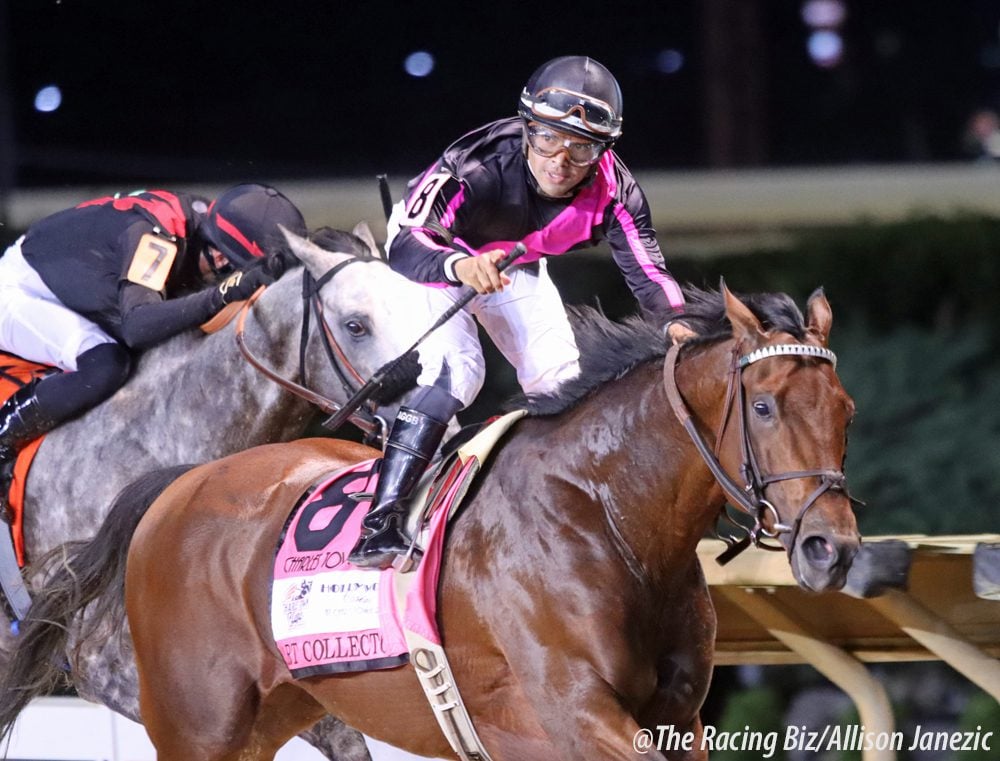

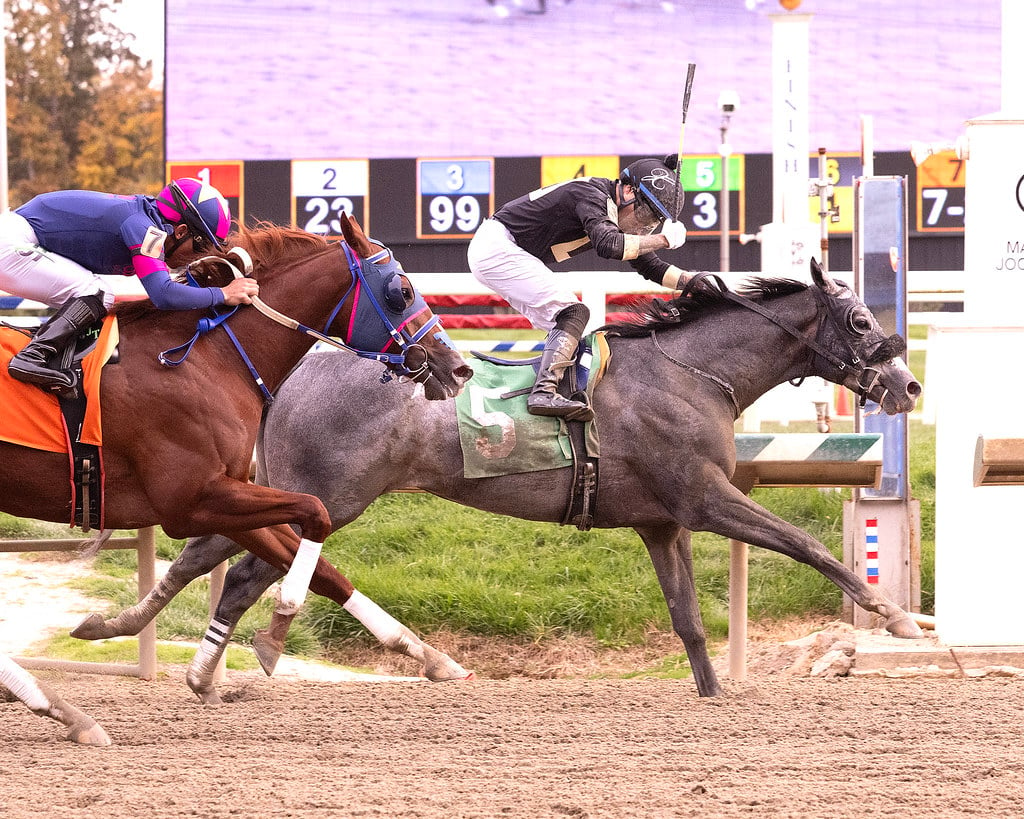
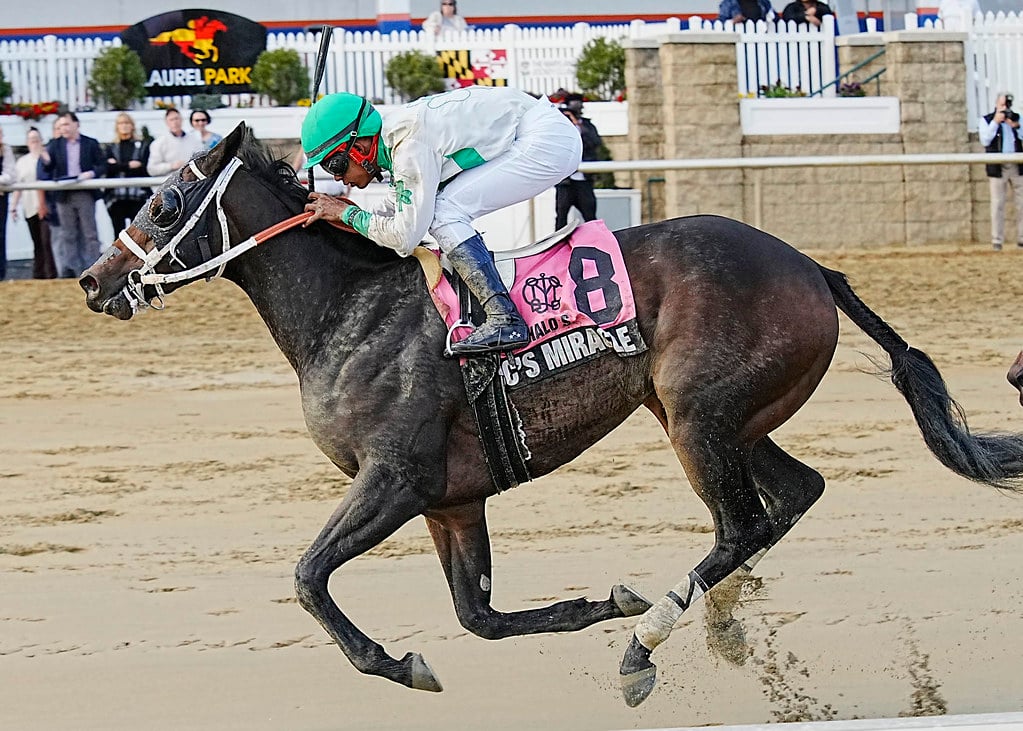
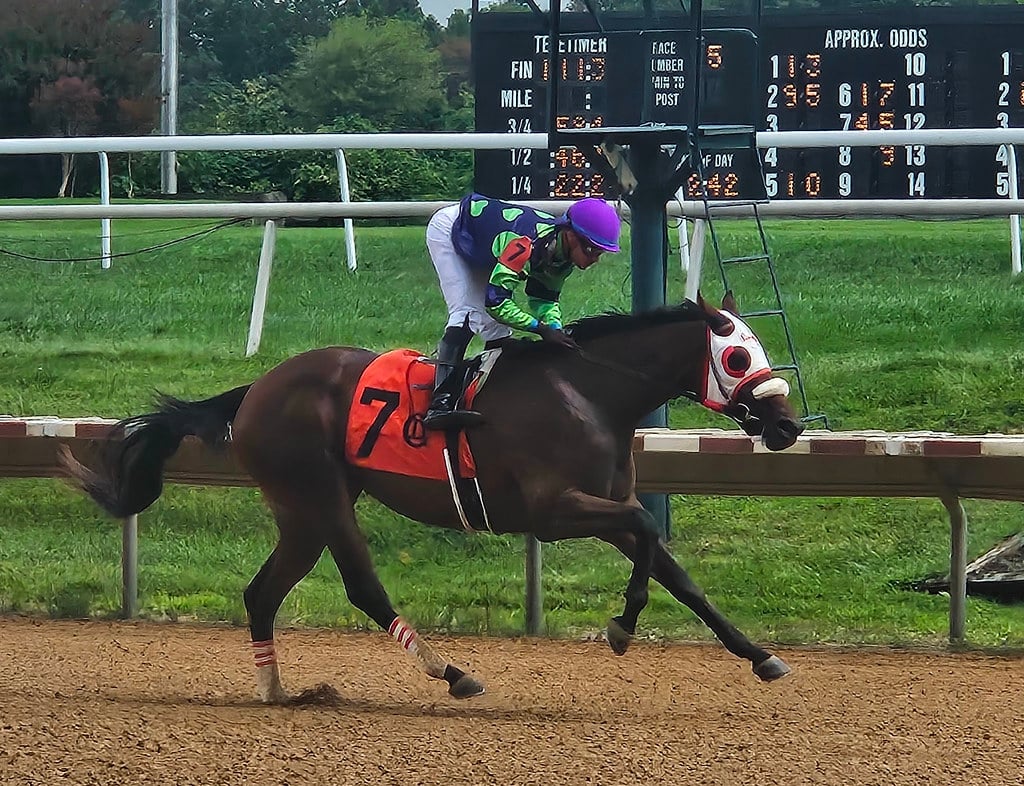


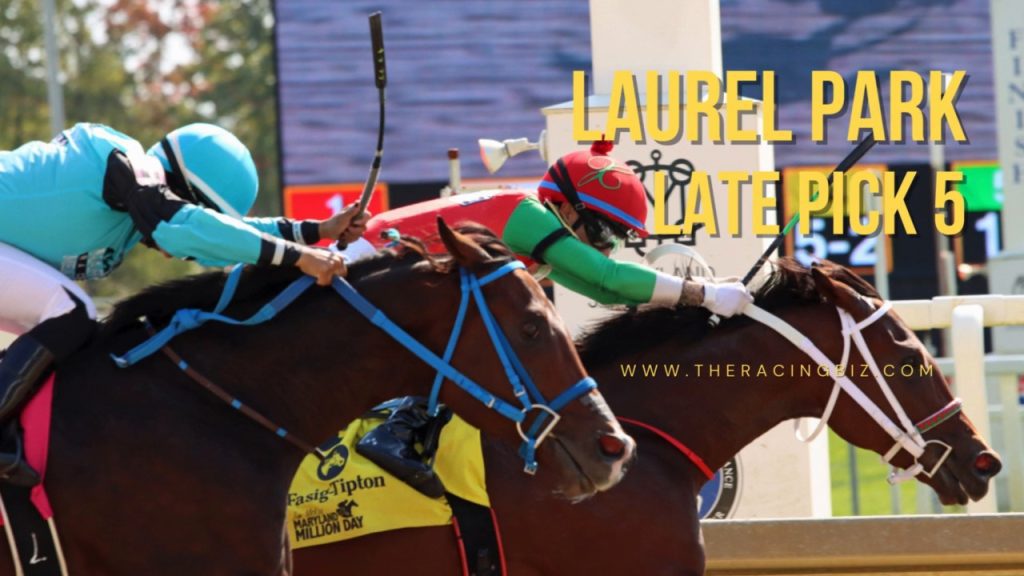
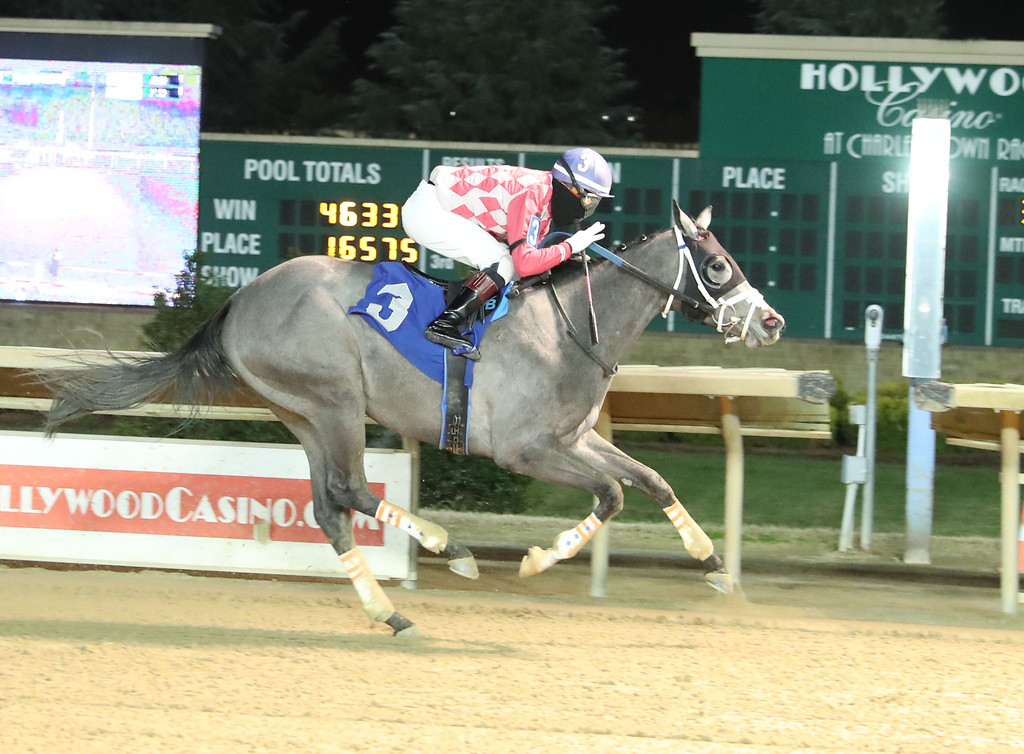


G.Q.
01st Sep 2015From Sal’s lips to God’s ears… get this done! Mooney’s excuse about not wanting a split meet is lame, but at least he admitted DelPark turf cannot hold a candle to Laurel’s.
IMHO, the DelPark turf course is one of the worst in the region.
Bill
03rd Sep 2015Gary,
Not a fan of Delaware Park, huh? Why is Mr. Mooney’s statement lame? Do you know the cost of closing and re-opening a racetrack? It sounds like Maryland is saying,”here are the dates you can have ” .Don’t get me wrong, I hope Delaware acquiesces to Maryland’s proposed racing schedule, but please stick to handicapping!